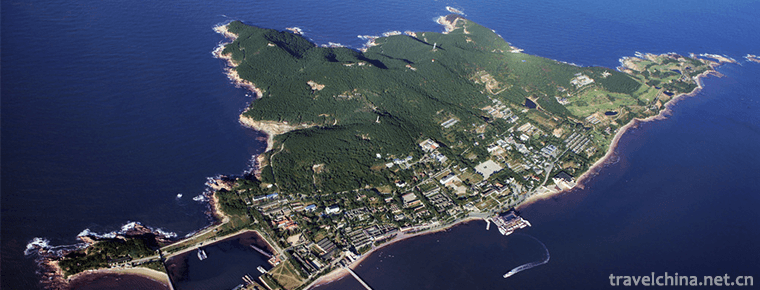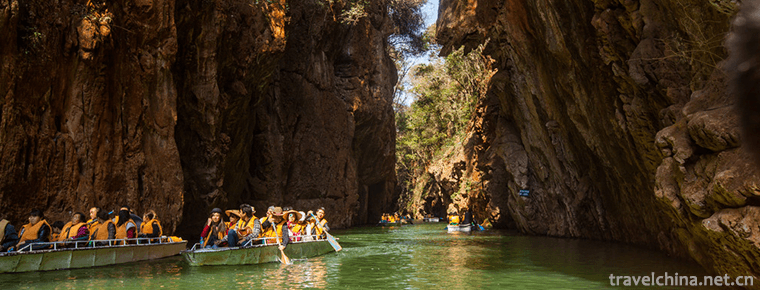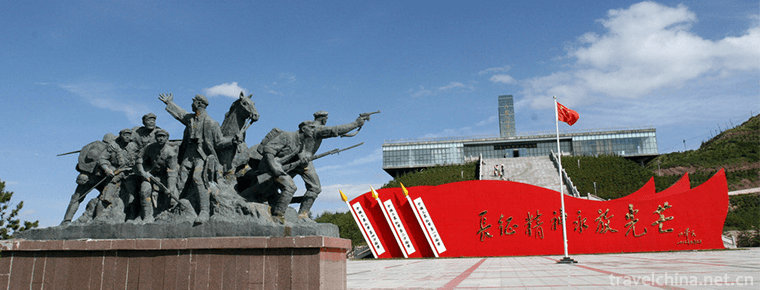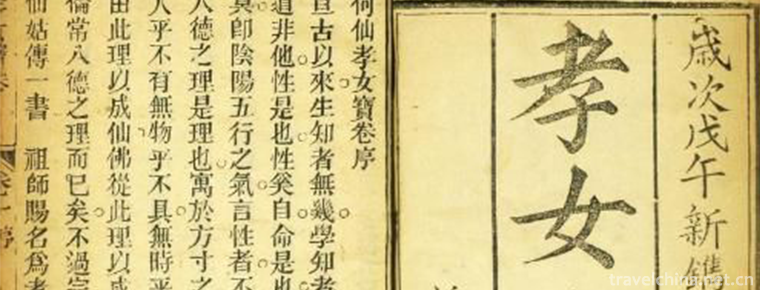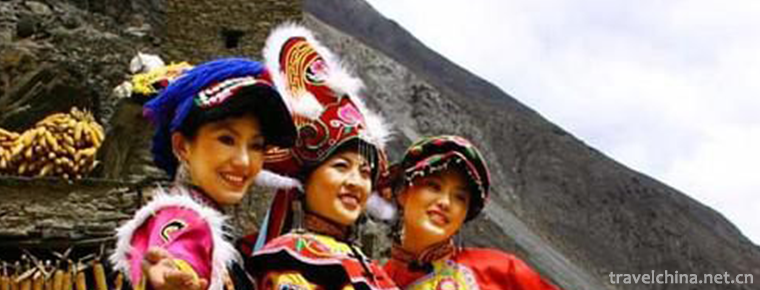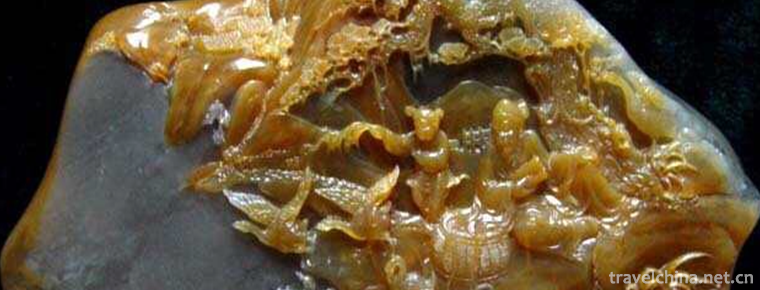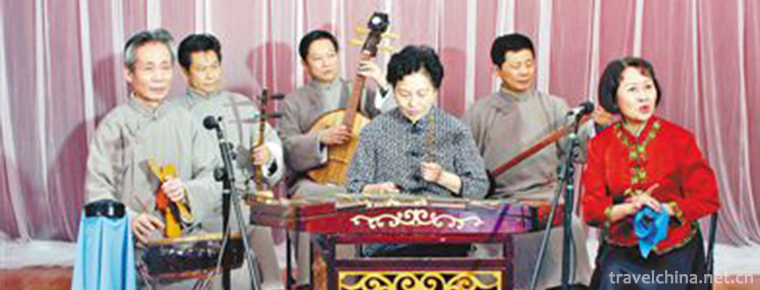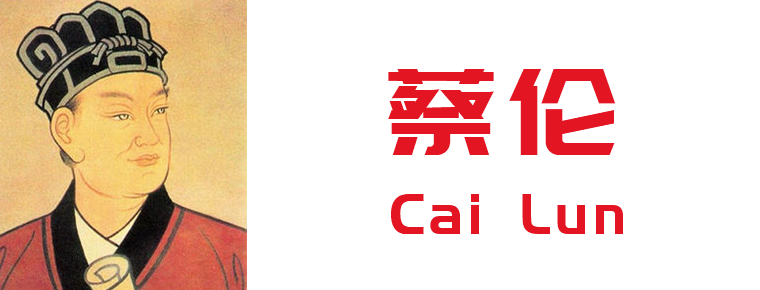Former site of Brazil Conference
Former site of Brazil Conference
The former site of the Brazil conference, formerly known as Banyou temple, is located in Brazil township of Zoige county (which belonged to Songpan County before 1956) at the southeast border of Aba Prefecture and Gansu Province. It is near the edge of grassland and is a semi agricultural and semi pastoral Tibetan inhabited area, 32 kilometers east of Zoige county. The existing walls of the hall are 27.70 meters wide in the West and 33.7 meters in depth; the back hall is 14.50 meters wide and 6.22 meters deep, and the whole plane is in a "convex" shape. The hall wall is built and rammed with loess plate, the bottom width is narrow, the wall base thickness is 1.40 meters, and the residual height is 8.92 meters.
In December 2016, the former site of the Brazil conference was selected into the list of national red tourist attractions.
Introduction to scenic spots
The temple seat south to north, close to the Brazilian River, surrounded by mountains, dense forest. It was first built in the 18th year of Kangxi reign of the Qing Dynasty. The original appearance was quadrangle layout. The mountain gate was of double eaves and Xieshan roof structure. The main hall (Daxiong Hall) was a Tibetan flat roof building with wooden beams and columns and rammed earth walls. On September 9, 1935, the Political Bureau of the CPC Central Committee held the famous "Brazil conference" in the Grand Hall of Banyou temple against Zhang Guotao's Right opportunism. The meeting criticized Zhang Guotao's mistakes and decided that the Central Red Army should continue to march northward. After the meeting of the Political Bureau, Mao Zedong and other central leaders held a meeting of some commanders and fighters of the column and cadre group directly under the Central Committee in front of the grand xiongbao Hall of the temple that night. At the meeting, Mao Zedong pointed out: it is correct for the Party Central Committee to insist on the line of going north, and there is no way out to go south. The great historical significance of the Brazilian conference is just like Mao Zedong's "the Communist Party of China in the people" It is pointed out in the article "status in the ethnic war" that the Brazilian conference and the Yan'an conference opposed Zhang Guotao's Right opportunism, so that all the red army joined together and the whole party was more united. To carry out a heroic Anti Japanese struggle. In 1978, the people's Government of Sichuan Province listed the site of the Brazilian conference as a provincial cultural relic protection unit.
Climate of scenic spot
ABA has a mild climate with four distinct seasons. In the north, the climate is sub subtropical monsoon humid; in the south, the climate of mountainous area is divided into middle subtropical, north subtropical, south temperate and north temperate climate, which has the characteristics of three-dimensional mountain climate. The annual average temperature is 17.1 ℃ - 18.5 ℃, the annual average rainfall is 748.4-1184.2 mm, the sunshine is 1200-1400 hours, and the frost free period is 300-358 days. The land is fertile and the products are rich. It has the characteristics of the south of the Yangtze River.

Former site of Brazil Conference
-
Weihai Liugong Island Scenic Area
WeihLiugong Island is located in Weihai Bay, the easternmost part of Shandong Peninsula. It has rich and unique cultural landscape, including the Warring States site dating back thousands of years
Views: 134 Time 2018-12-08 -
Jiuxiang Scenic Spot
Yiliang Jiuxiang Scenic Spot is located in a mountainous area with a cool climate, continuous peaks and valleys with a relative height difference of about 200 meters. The surface elevation is between
Views: 157 Time 2018-12-22 -
Liupanshan National Forest Park
Liupanshan National Forest Park is located in the center of the triangle formed by Xi'an, Yinchuan and Lanzhou. It is located in the south of Ningxia. It spans two counties and one district in Jingyua
Views: 155 Time 2018-12-24 -
Treasure roll
Baojuan is a traditional Chinese literary form of rap and singing, which evolved from the folklore in the temples of Tang Dynasty. Most of the authors are monks and nuns.
Views: 537 Time 2019-04-04 -
Valorafo Festival of the Qiang Nationality
The "Valorafo Festival of the Qiang Nationality", known in Chinese as the "Song Fairy Festival" or "Leading Song Festival" and "Song Invitation Festival", is a
Views: 190 Time 2019-06-10 -
Shoushan stone carving
Shoushan Stone Carving is a traditional folk carving art. It is made of Shoushan Stone, which is produced in the northern mountain area of Fuzhou. It is a small carving for people to enjoy through spe
Views: 145 Time 2019-06-15 -
Sichuan Yangqin
Sichuan Yangqin is one of the representative folk songs of Sichuan Province, which is popular in Chengdu, Chongqing, Luzhou, Zigong and other cities and regions. In the early period, it was also calle
Views: 211 Time 2019-06-16 -
Cai Lun
Cai Lun(?-121 years ) Zhong Zhong, a member of Guiyang County in Eastern Han Dynasty. Emperor Ming of Han Yongping entered the palace in the end, Zhang and two years (AD 88). Cai Lun was promoted to t
Views: 324 Time 2019-09-06 -
Fobao ancient town
Fubao ancient town is an ancient town with a long history in Hejiang County, Sichuan Province, 42 km away from Hejiang County, Sichuan Province. It is a historical town, a famous cultural town, a tourism town, and an important business town in the junction of Sichuan, Guizhou and Chongqing. It was built in the late yuan and early Ming Dynasty, more than 600 years ago, it is named Fobao, and it is the gateway of national Fobao forest park.
Views: 161 Time 2020-10-16 -
Mount balang
Balang mountain, also known as "colorful mountain", is located between Wolong Nature Reserve and Siguniang mountain scenic area. Balang mountain is called balangla in Tibetan language. It is 5040 meters above sea level. When you look up, you can see that the mountains are covered by mountains and meadows
Views: 191 Time 2020-11-07 -
Leshan secondary industry
In 2019, the industrial added value of Leshan City is 68.028 billion yuan, an increase of 8.8% over the previous year, accounting for 36.5% of the city's GDP, driving economic growth by 4.0 percentage points and contributing 52.8% to economic growth.
Views: 387 Time 2020-12-17 -
Guangan secondary industry
In 2019, the industrial added value of Guang'an City will reach 28.87 billion yuan, an increase of 8.8%, and its contribution rate to economic growth will be 34.9%. At the end of the year, there were 597 Industrial Enterprises above Designated Size, and
Views: 176 Time 2020-12-19
